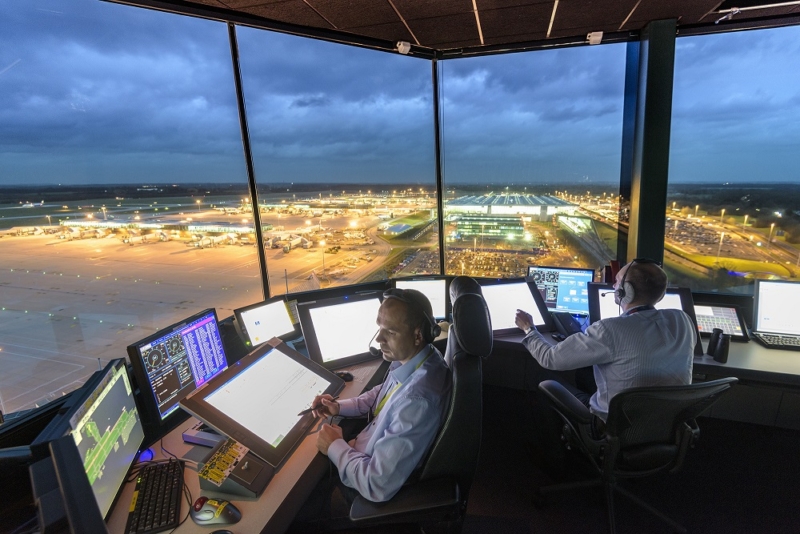We don’t often find ourselves in the situation when we have to put on regulations – restrict the traffic flows – at airports where we provide air traffic control, but it can happen when an unexpected staff illness reduces our Tower team to levels below what they need to operate normal service.
Businesses everywhere have to deal with short-notice staff sickness, but it’s especially noticeable for us because it means aircraft can be delayed, or sometimes even diverted to another airport, and that means inconvenience to the airlines and to the travelling public.
We’re usually asked why we can’t just “pop in another controller from somewhere else”. But inevitably it’s not that simple.
Every bit of airspace is unique and requires specific training for a controller to gain their “validation”, which is their licence to operate. A validation is the culmination of training for every new controller and means they can provide an ATC service, legally and safely in the particular airspace their validation covers.
Tower controllers go on to complete an Aerodrome Instrument Rating (ADI) before being posted to a specific Tower to hone this general rating to the specific requirements there – the taxiways and stands, the topography of the airport and its wider surroundings including local communities, and the volumes of air traffic they will be handling. On the busy apron they are dealing with refuelling trucks, baggage carts and aircraft under tow to maintenance as well as those arriving and departing.
Each Tower has its unique requirements. Some controllers could be taking control of aircraft as far as ten miles away from landing, others only take control at the airport boundary. Some airports are really close together – Luton and Stansted, Cardiff and Bristol, for instance. For the five London airports the approach function – lining the aircraft up in sequence for landing – is done from our Swanwick Centre because of the complexity of the airspace across the London area with the airports in such close flying proximity to each other. At all other airports such as Manchester, for example, the approach function is also handled from the Tower. And all of the airports have their own operating procedures.
Training for a Tower, done with on-the-job supervision from an instructor, therefore varies but it takes 1-2 years to validate depending on the complexity of the airport, the traffic mix and whether it includes approach as well. All Tower controllers must be able to work out an optimum order for departures according to aircraft size, to make best use of runway capacity; where the approach function is also handled from the Tower, they have to do the same for arriving aircraft, too.
Our controllers are immensely proud of what they do, and they do their best to cover for absences and keep services running normally. But there are also mandatory rest breaks required by the CAA that must be built in at regular intervals. We work really closely with the airport and the airlines and do what we can to schedule rest breaks to affect the smallest possible number of flights, but it doesn’t always work out and we’re really sorry when it doesn’t. I hope this helps explain why it’s not as simple as you might think and gives you an insight into a uniquely challenging role.
Comments
Please respect our commenting policy and guidelines when posting on this website.

07.07.2023
10:45
Darragh Owens
Your post underlines how the complexities of ATC operations are made to seem so effortless by the talented individuals working behind the scenes to keep us flying freely and safely through the air. It prompts reflection on the special nature of the pilot-controller relationship. Mediated mainly through voices, some of them become so familar over the years one starts to think of them as old friends, discerning individual personalities and styles behind the audio curtain. Thanks to all these invisibile guardians of our flightpaths!